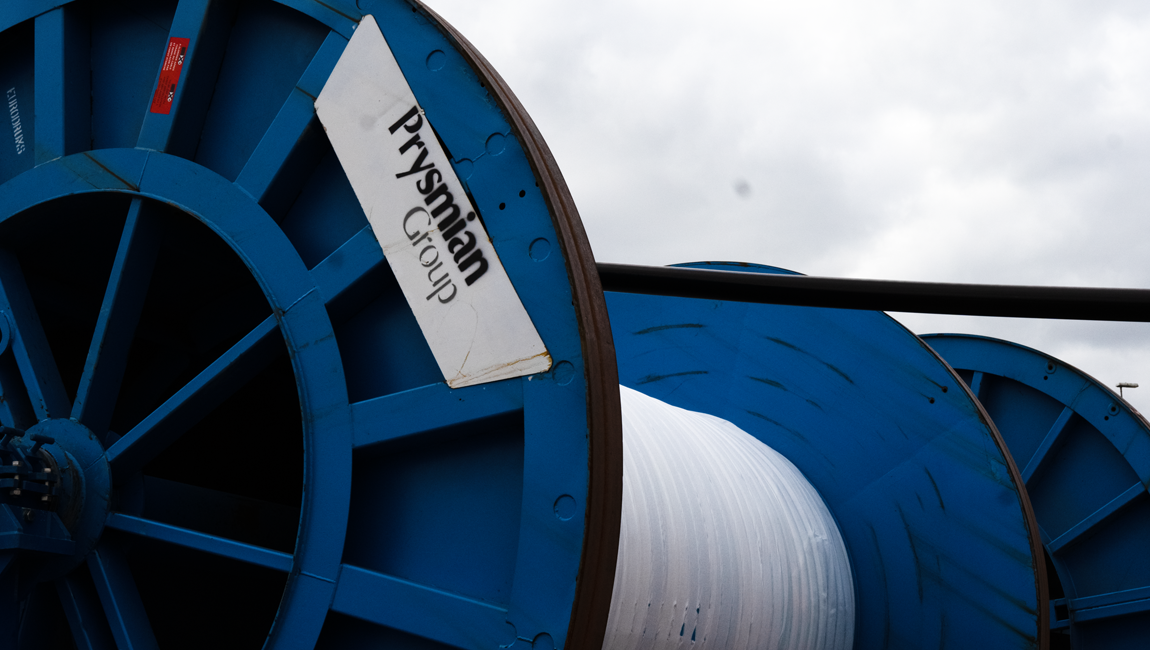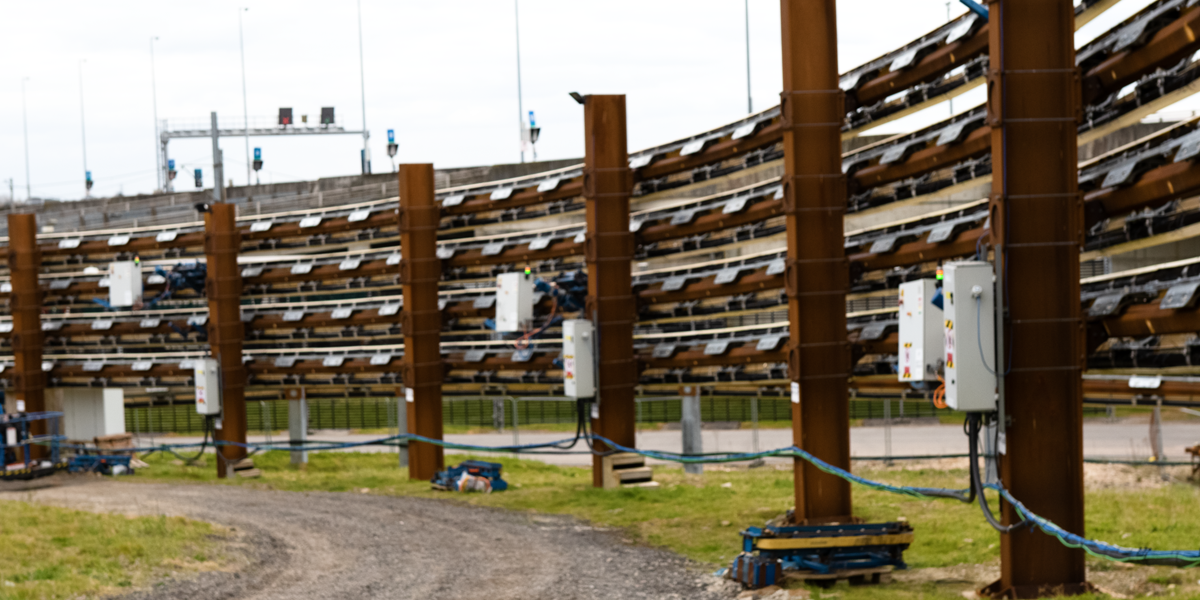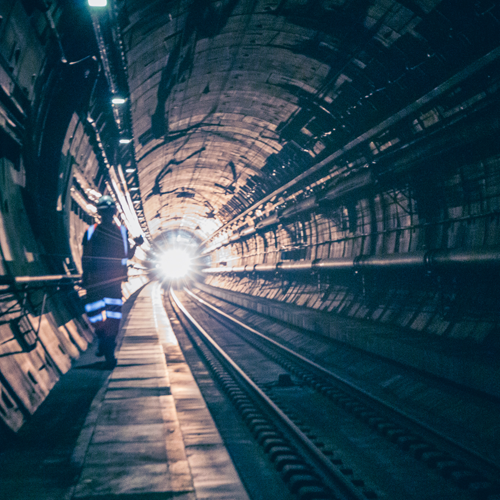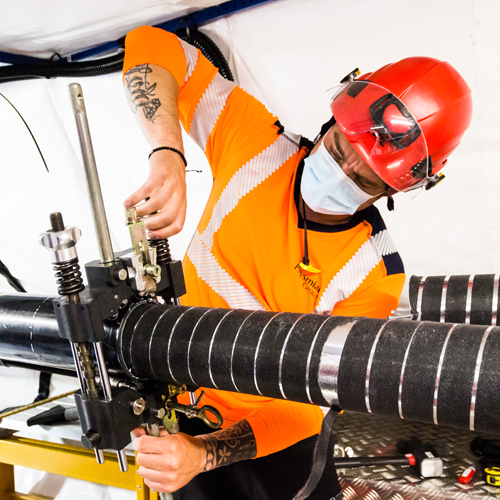Prysmian announces the completion of the Eleclink HVDC interconnector project

The ElecLink project involves an HVDC cable connection between France and the UK through the Channel Tunnel, to increase energy exchange over a bidirectional 1000 MW interconnector link. The cable spans 51 km and connects converter stations in Peuplingues (FR) and Folkestone (UK). Prysmian also supplies and installs underground cables for the HVAC link to the Sellindge substation (UK). Prysmian has provided also its breakthrough PRY-CAM monitoring solutions, to enable online, accurate and reliable measurement of key parameters for asset condition diagnosis and defect localization from remote. In the case of ElecLink this is a true milestone as it is the first-ever monitoring system installed in a railway tunnel.
The project, one of the European Commission’s Projects of Common Interest, was awarded by Groupe Eurotunnel subsidiary ElecLink, and has a total value of approximately € 219 million. Prysmian’s part - coordinating the design, supply, installation and commissioning of the interconnection – is worth some € 83 million.
All cables are manufactured in Prysmian’s excellence centres for AC and DC EHV cables in Gron (France).
“This is not the first ever HVDC cable project in a tunnel, but it is the very first of its kind” explains Alessandro Pistonesi, Prysmian project director of ElecLink. “The unique aspect here is the fact that the cable will be located just 50 cm away from the running train”.
Alessandro Pistonesi
Prysmian project director of ElecLink
“Our system underwent an extremely strict vetting process, which lasted three and a half years. The project was awarded in November 2016, getting started in 2017, and we received approval to pull the cable through the service tunnel in December 2020. A great deal of technical verification was involved, and we had to produce a huge amount of technical documentation and pass many validation tests, in order to demonstrate energy release in the event of failure was in line with our expectations
A theoretical model was created, assessed and then validated in the field. We were convinced energy released in the event of a fault would be very limited and we were happy to see this was indeed the case. Our calculations were confirmed – this is a safe product by design. If a failure occurs as a train passes the cable, nobody will get hurt. A fiberglass shield is installed between the cable and the train, this protects the cable from debris projected by the passing trains, and it also contains energy released in the case of failure.”

Prysmian’s turnkey capabilities, which combined many components and services, were crucial to this project. This included cables from one factory, accessories from another factory, jointers, and a monitoring system that was essential.
“The installation took six months and was very intense. Everybody from Prysmian really felt personally engaged in this large, challenging, prestigious project. I personally was thrilled to work on it. The project really pushed my project management skills to the next level– you can plan anything except the unforeseen and you need to be ready to react.
“The main challenge was related to safety, which is always our primary concern. However, we also had to respect the regulations of two different countries. What’s more, we needed to comply with railway regulations, something we were not so familiar with. The installation can only be carried out at times when the train is not running in the tunnel. We only had a few hours each time, which required extremely tight planning, but we also needed to factor in some additional time, just in case we came across anything unexpected. This was a real challenge.”
“When we received permission to start, we soon faced Brexit, Covid and harsh winter conditions. This was concerning, but we went ahead, while strictly checking all health, safety and social distancing measures were respected on site.”
“From a technical and safety point of view we have demonstrated it is feasible to use this type of tunnel for interconnectors. This brings many practical advantages: overhead lines bring environmental concerns, and approvals for submarine connections can take many years. Tunnels, however, is already there. We can repurpose lots of international infrastructure. With ElecLink, we now have a reference project that can open a new business line for Prysmian, but also facilitates the energy transition.”






